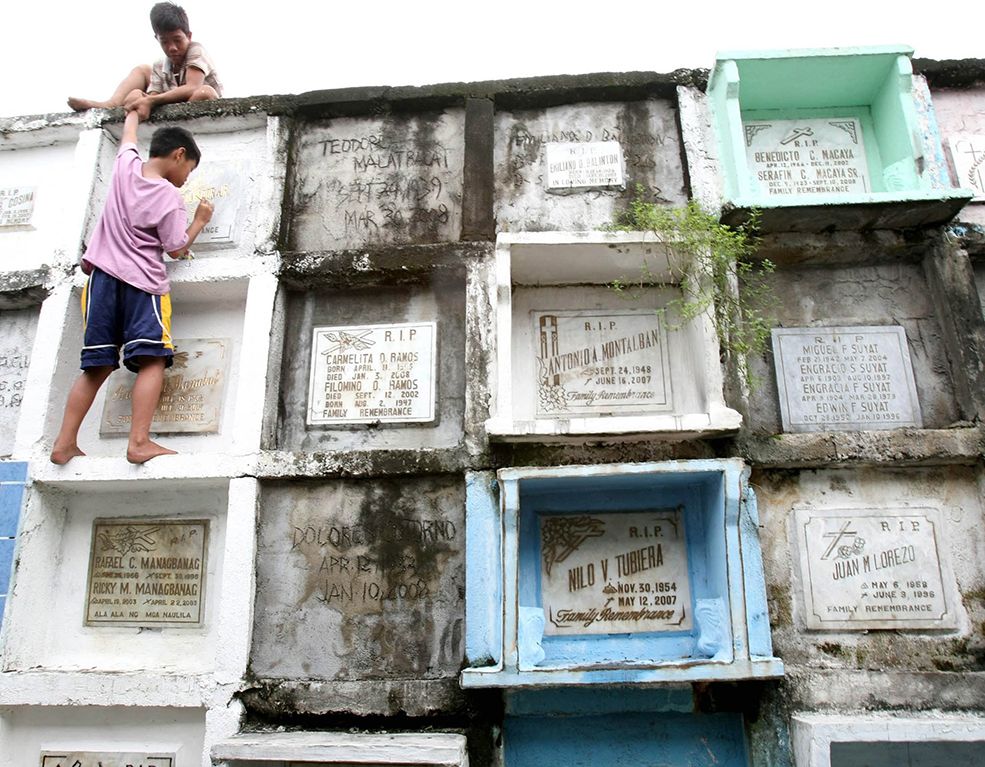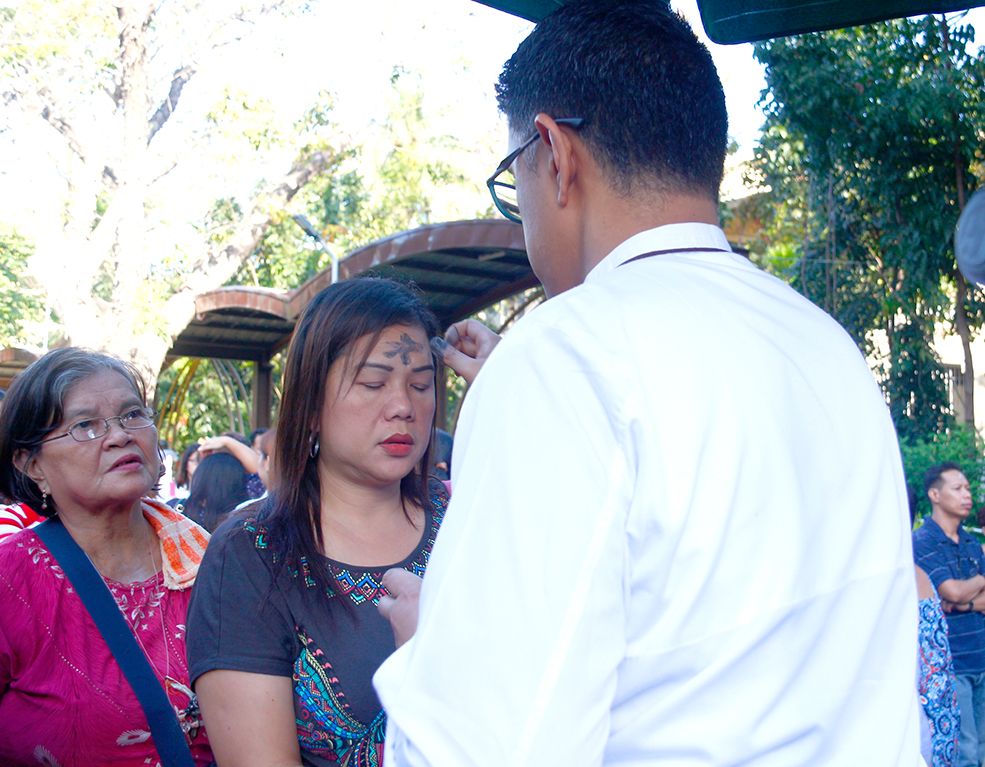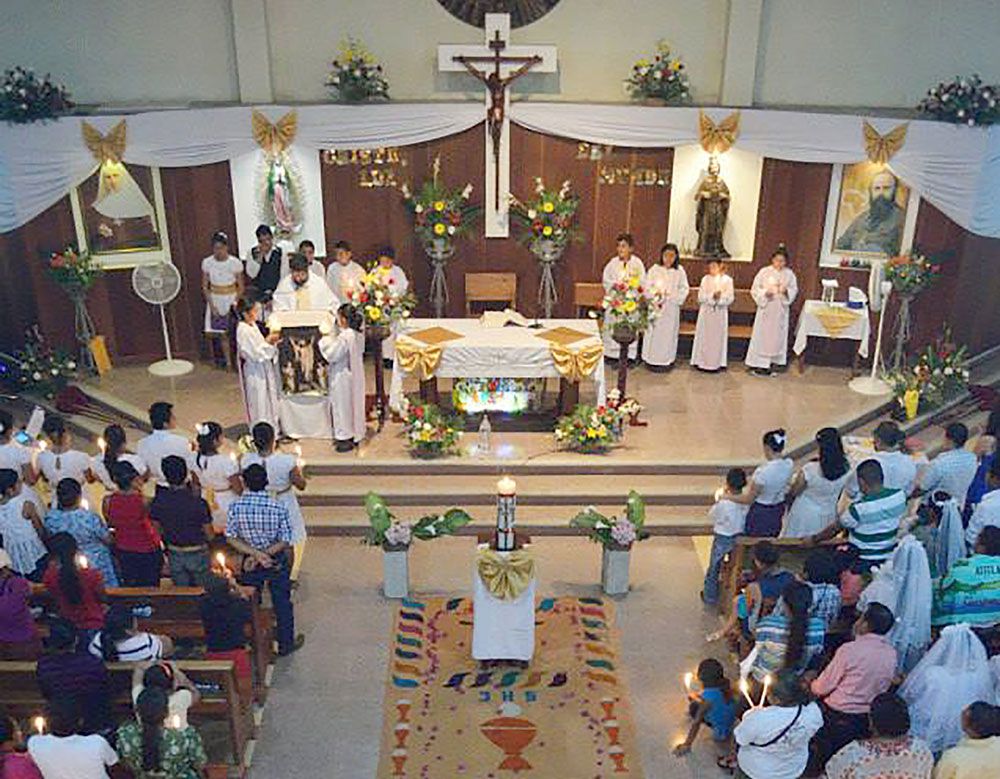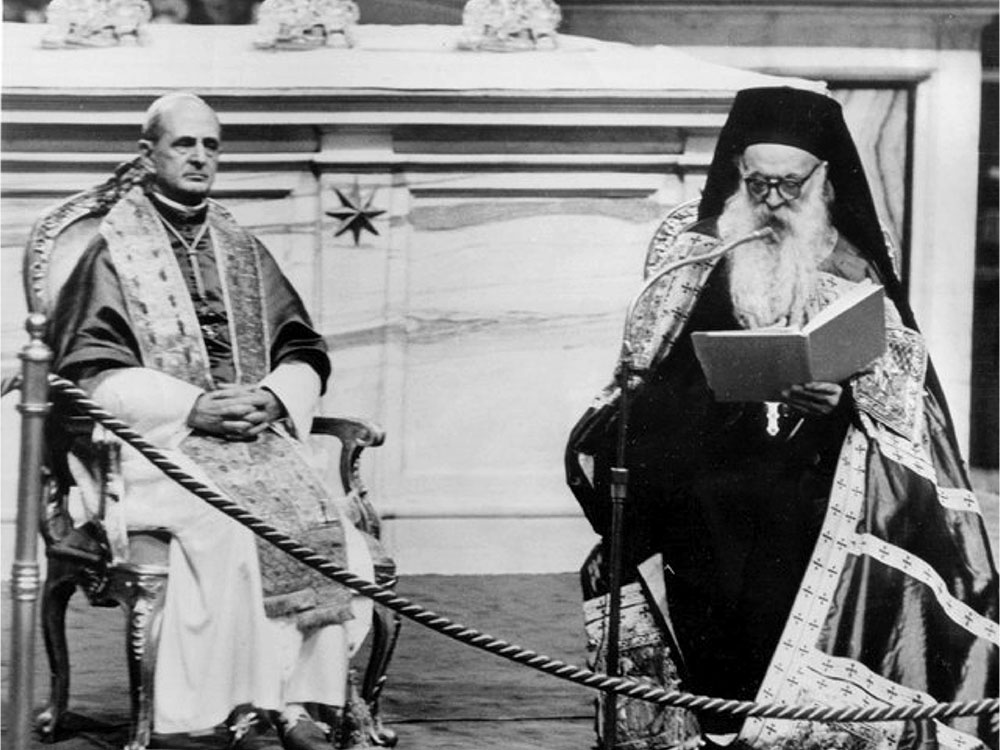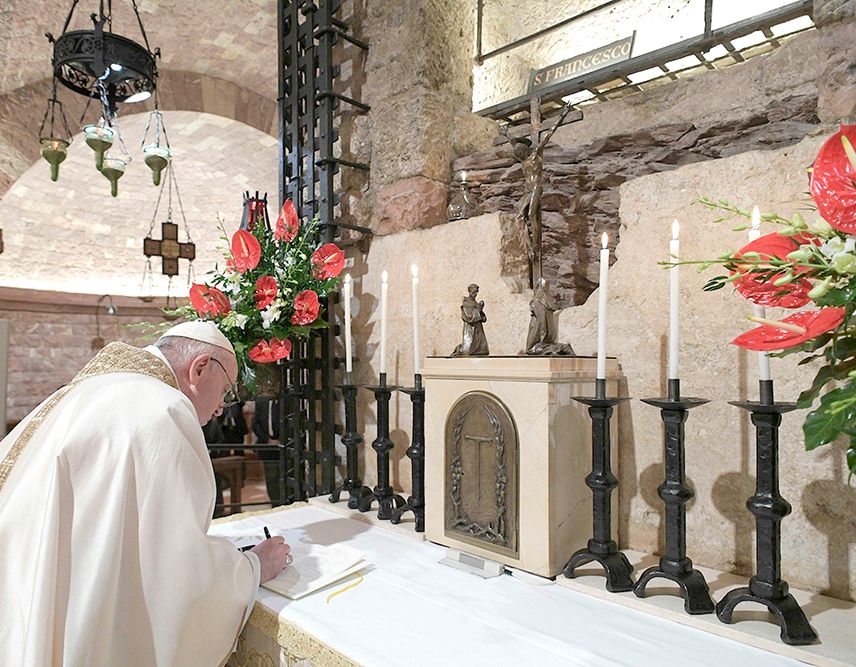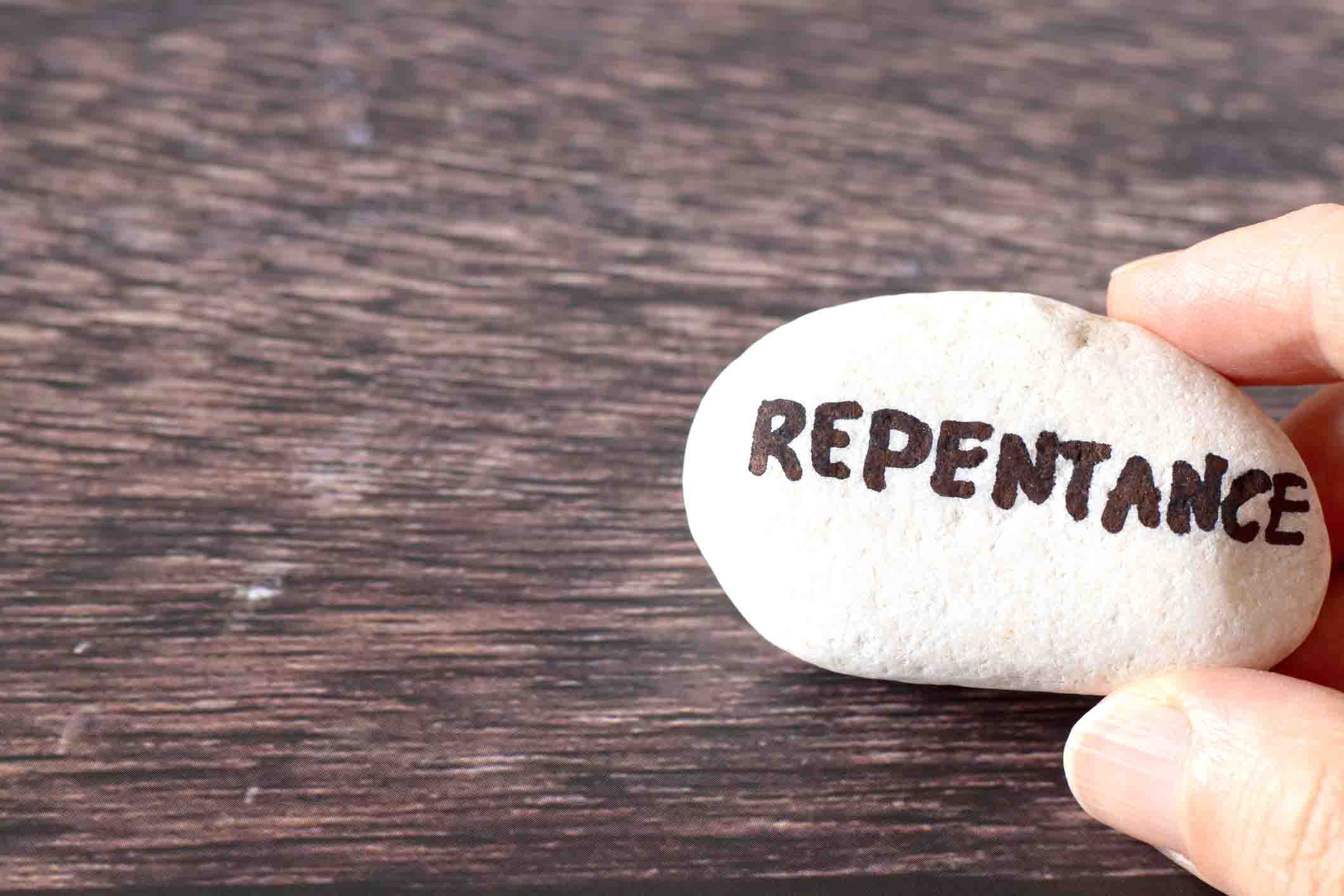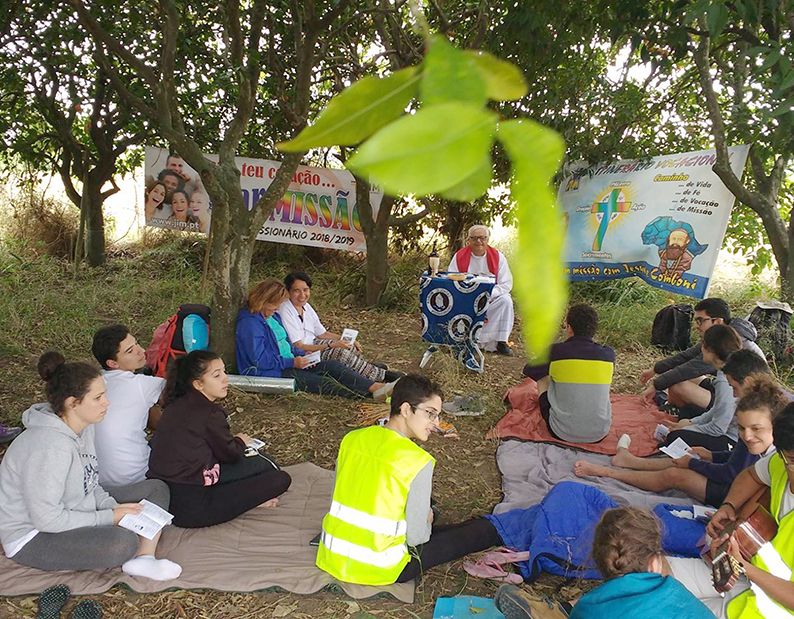On March 17, 1865, Fr. Bernard Petitjean found 15 Japanese outside the door of the new church that had been constructed to serve the European community in Nagasaki, Japan. Three of the women among the group knelt and said to the priest, “The heart of all of us here is the same as yours.” There had been rumors that in spite of more than two centuries of persecution, there were still Christians in Japan, the kakure kirishitan or “hidden Christians” who had secretly passed their faith from generation to generation. Those people who risked their lives to visit the Oura Church were proof that the rumors were true.
The risk to their lives was real. Christianity was still outlawed, and when officials learned of their visit, a new spate of persecutions broke out focused on Urakami, a village on the outskirts of Nagasaki. This persecution began with the arrest of 100 kirishitan. By the time the protests of Western governments caused the Japanese government to halt the persecution of Christians in 1873, 13 had been executed and 3,000 exiled to different parts of the country.
The origins of the kakure kirishitan date back to the 1630s after the revolt against the shogun government in which Catholics played a leading part. Christianity had been outlawed in 1587 and persecution began ten years later with the execution of 26 Christians in Nagasaki.
When the Shimabara Rebellion failed, persecution became total throughout Japan and Christians went into hiding. Many fled to small islands where they would not be noticed by officials based in the cities. Some brave priests, Japanese and foreign, attempted to minister to the scattered Catholics but, by the 1640s, Japan was without priests.
Mass baptisms
The evangelization of Japan began with the arrival of St. Francis Xavier on August 15, 1549, and aimed, like much of the Church’s missionary work at that time in the Americas, Africa and Asia, at the baptism of as many people as possible. Many missioners saw their work as a rescue operation, saving souls that were, otherwise, bound for damnation.
One result was that catechesis was not stressed. Even today, we see the influence of this style of mission in Latin America and the Philippines where the Church has a broad, but not always, deep presence. People were baptized while having only a very rudimentary understanding of the faith. They knew some prayers (often in Latin) and some devotions to Mary and the saints. Some of these Christians went on to learn more about their faith and set up a system of lay leadership in the Church. When Catholics were driven into hiding, some communities were better equipped than others to remember and pass on their faith.
As time passed, even the best-trained communities gradually drifted. Latin prayers, passed on to their children by farmers and fisherfolk, became garbled. The Hail Mary, “Ave Maria gratia plena dominus tecum benedicta,” became “Ame Maria karassa binno domisu terikobintsu.” It was gibberish, and no one knew what these sounds were supposed to mean.
Over the course of two-and-a-half centuries, people forgot the doctrines like the Trinity that the missioners had taught their ancestors. They had no Scriptures or catechisms since books would be evidence of their religion. In addition, most of the kirishitan were illiterate. They gathered in secret to recite prayers directed at bundles of cloth that were hidden inside Buddhist altars. The bundles contained medals, statues or crucifixes that had been passed on to them. Their religion became a mix of Buddhism, Shinto and half-remembered Catholicism.
Loyalty to the ancestors
Fathers were responsible for teaching the traditions of the community to their sons. Village elders led worship services. If they were discovered, death was sure, yet these small bands held to a sense of identity as Christians even though almost all the theology of Catholicism disappeared from their religion. Loyalty to their ancestors and to each other bound them.
When priests like Fr. Petitjean came to Japan in the nineteenth century and met the kirishitan, they faced a dilemma. The people considered themselves Christian, but their practices and beliefs had wandered so far from the teaching of the Church that it was hard to see how they could be accepted as Catholics.
The missioners responded to the dilemma by calling upon the kirishitan to renounce the traditions of their ancestors and enter the Church anew. About half of the estimated 30,000 kakure kirishitan did so. The rest refused to abandon the faith they had protected through centuries of persecution. In some places, the differences between their beliefs and orthodox Christianity had become so great that the people could not recognize the original connection. Some lived in such remote areas that they never encountered missioners.
Even today, especially on the small remote islands off Nagasaki, several thousand kirishitan preserve the traditions of their ancestors. However, as young people leave the islands for work, they leave behind those practices. Some become Catholics. Many do not. It is probable that, within a few generations, the kakure kirishitan will die out.
When Pope John Paul II visited Japan in 1981, he met with a few kakure kirishitan leaders. One of those who greeted the Pope later said, “We have no interest in joining his Church…. We, and nobody else, are true Christians.”
Nagasaki’s holocaust
For those kirishitan who decided to become Catholics, the missioners built churches in their villages and began the work of teaching them the actual faith of their ancestors. The largest church in Asia at the time was built in Urakami, site of the last persecution.
By 1945, the Urakami community numbered some 12,000, almost all of them the descendants of kakure kirishitan. Then, on August 9,1945, an atomic bomb exploded directly over the neighborhood, killing as many as 8,500 parishioners. Today, the descendants of the kakure kirishitan still form the core of the Catholic Church in Nagasaki. They are proud that they are the descendants of men and women who remained faithful in spite of persecution, even though their beliefs had strayed from true Catholicism.
Because of that history of persecution, their Catholicism has had a different emphasis from that of the people from other parts of the country. Until recently, it has been more traditional than what the Church in the rest of Japan teaches, with an emphasis upon keeping the faith and passing it on to the next generation.
Lately, however, the Church descended from the kakure kirishitan has changed. From a Church that keeps the faith, it is becoming one that shares the faith. These Catholics revere their ancestors, who kept at least some memory of the faith, but they are dedicated to deepening their understanding of that faith for the sake of mission today.
* Maryknoll Father William Grimm is a Tokyo-based publisher of UCA News and former editor-in-chief of “Katorikku Shimbun,” Japan’s Catholic Weekly.


